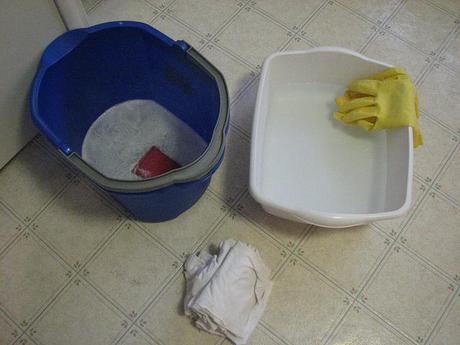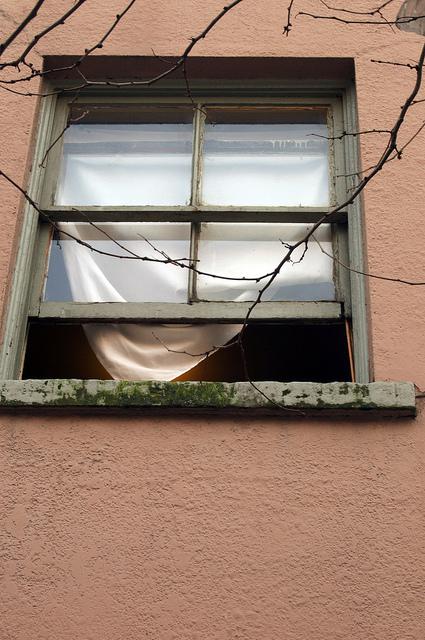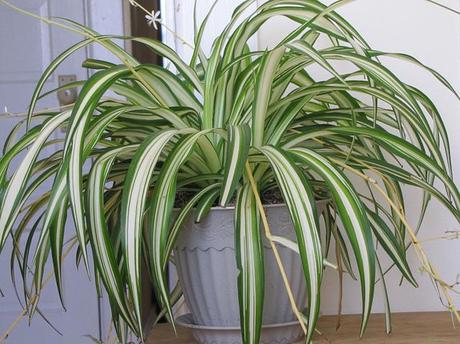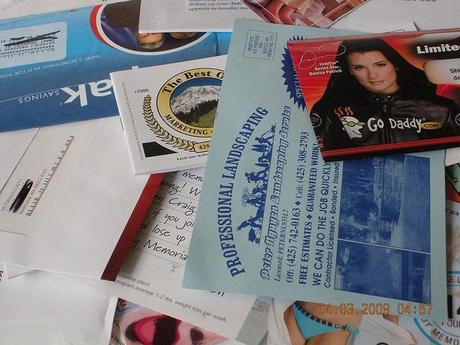Ah, spring is finally in the air and you know what that means? Yes, it’s time for a little spring cleaning! With our homes being closed up all winter long most are in need of a little (or a lot) of freshening. With the sun (barely) peeking through our windows, I’ve realized how dusty our house is, and in places I didn’t realize. Winter hibernation is nice, but it’s time to get geared up for summer!
This year, why not put a little green in your spring cleaning by avoiding toxic and dangerous chemicals often found in harsh cleaners. It’ll be healthier for you, those around you and the environment.

Tips for Green Spring Cleaning
- Reduce, Reuse, Donate, Recycle. Go through closets, junk drawers, out-of-reach shelves, attics and basements and get rid of stuff you never use. Reuse what you can, donate or swap what you don’t want but maybe someone else will and recycle what can be recycled.
- Make your own eco-friendly household cleaners. I can surely recommend you purchase your own store-bought cleaners. While they’re convenient, you can easily make your own and save on resources that go into production, shipping/transportation and purchasing. Save some money and use vinegar, baking soda and essential oil instead. You’ll cut back on waste (reusing the bottle) and you’ll know exactly what you’re spraying around your kids and pets. Check out our growing collection of green cleaning recipes here.
- If you’re not keen on making your own cleaners, make sure to use vegetable-based cleaning products or those made with enzymes instead of harsh chemical cleaners. Vegetable-based and enzyme cleaners are becoming more popular every day.
- Don’t use bleach or any cleaners containing chlorine. The problems with chlorine bleach are numerous — it can burn skin and eyes and prove fatal if swallowed. When it goes down the drain, it becomes toxic to the natural world, too. A good alternative is plain old hot water and soap, pure hydrogen peroxide or white distilled vinegar.
- Use natural fiber sponges, rags or microfiber cloths to do the cleaning. Avoid using paper towels and other one-time use tools to make it a no-waste clean.
- Dust thoroughly. This may include hard-to-reach places such as the tops of bookshelves, ceiling fans, the top of your refrigerator, heating vents, behind and/or under furniture and window treatments including blinds. Avoid using a feather duster, which simply scatters the dust, use a damp microfiber cloth instead.
- Open the windows. The best way to get stale air moving out and fresh air moving in is to open the doors and windows. Opening your windows for just ten minutes a day can help with indoor air pollution which is often 100 times worse than outdoor air pollution.

- Steam carpets and furniture. Vacuum with a Hepa vacuum cleaner if you have one (preferred) using an upholstery tool to clean under seat cushions and in crevices. Steam clean carpeting naturally without the use of harsh chemicals.
- Skip the air fresheners. Artificial fresheners can cause eye, skin, and respiratory irritation. Aerosol air fresheners are even worse — the tiny air-borne particles can damage nerves and lodge in your lungs. Use natural essential oils instead.
- To help long-term with indoor air pollution, invest in a few indoor houseplants. Houseplants have been proven to improve indoor air quality.

- Implement a “no shoes allowed” house rule and leave your shoes by the front door. By removing your shoes at the door, you’re not tracking in toxins such as motor oil, anti-freeze, animal waste, and pesticides.
- When switching to natural cleaning products, be sure to safely dispose of any dangerous chemical products. Don’t pour them down the drain or toilet, empty them outside, or into the trash. Read the labels or check with your waste management provider for options.
- Go paperless and spring clean you mailbox, too. You’ll space yourself the added clutter and save a few trees in the process. Catalog Choice, 41 Pounds, and DMA Choice are great resources.

Do you have a personal favorite Spring cleaning tip you’d like to share?
{spring cleaning image credit: LindsayPindsay via creative commons}
{window image credit: marc falardeau via creative commons}
{spider plant image credit: Spray-N-Grow via creative commons}
{junk mail image credit: shirleylee136 via creative commons}



